Connecting core, promoting Vietnam's innovation ecosystem
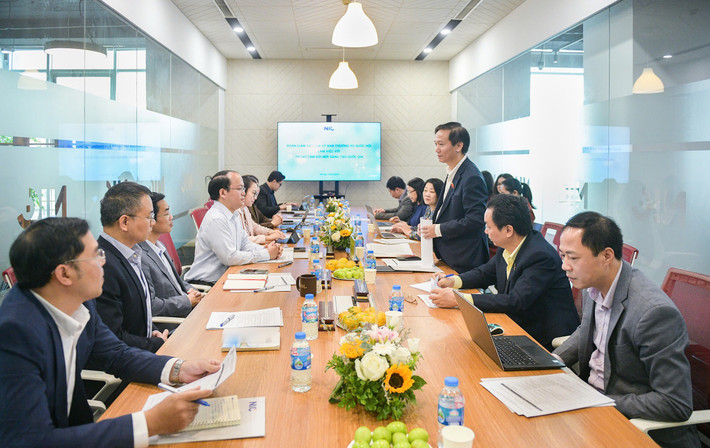
Overview of the work
The National Innovation Center (NIC) was established by the Prime Minister in Decision No. 1269/QD-TTg dated October 2, 2019, as a public service unit. The Center performs the function of developing the Vietnamese innovation ecosystem with enterprises as the center, contributing to the innovation of the growth model based on the foundation of science - technology and innovation.
Specifically: connecting and attracting resources for innovation and startups; supporting businesses in innovation and startups; connecting and promoting innovation cooperation with technology businesses; investing, building, managing, operating and exploiting career facilities and other facilities; promoting the development of high-quality human resources; researching and advising on policies and mechanisms to encourage innovation; promoting international cooperation and developing the Vietnam Innovation Network; communicating about innovation...
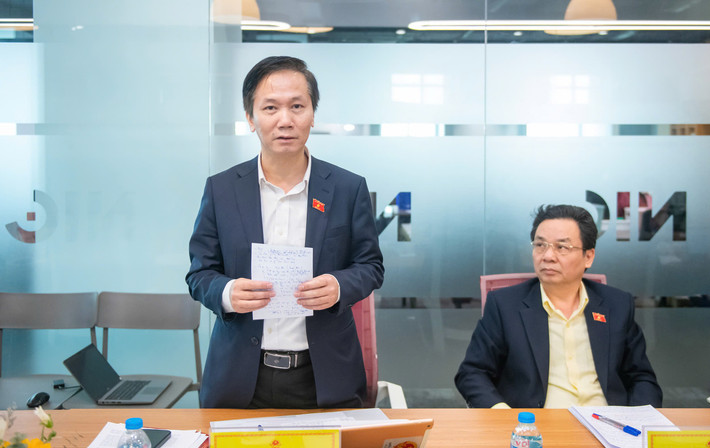
Vice Chairman of the Committee for Culture and Society Lam Van Doan chaired the meeting.
NIC currently has 2 facilities to maintain the Center's regular activities and arrange space for innovation activities according to assigned functions and tasks.
After more than 5 years of establishment and development, NIC has become the connecting nucleus, promoting the full development of the components of the domestic innovation ecosystem; becoming the national focal point for connecting innovation activities with many major partners in the world.
The Center is also a pioneer in researching and proposing cooperation mechanisms, incubation models, and supporting investment in innovative startups; is the nucleus of connection and promotion of the development of high-quality human resources in a number of important technology industries such as semiconductors, artificial intelligence and some digital technologies.
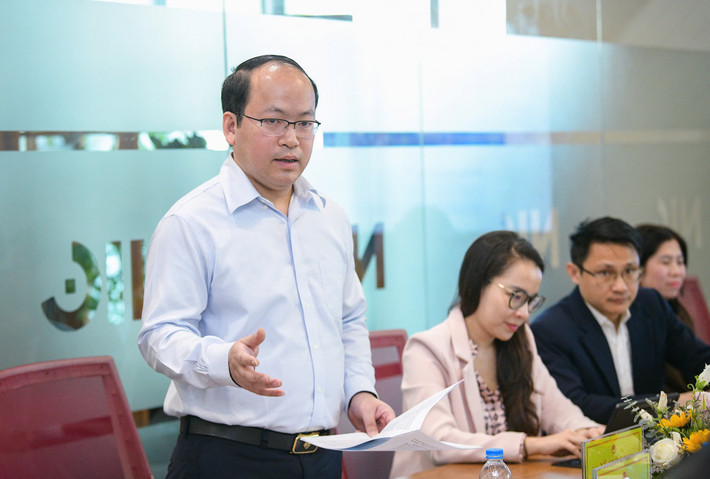
In particular, in the semiconductor field, NIC is the focal agency, implementing many semiconductor training courses and is the research agency, proposing to build the program "Developing human resources for the semiconductor industry to 2030, with a vision to 2045" approved by the Prime Minister in Decision No. 1017/QD-TTg dated September 21, 2024.
In addition, the Center is the agency that operates and develops the Vietnam Innovation Network, including a team of highly qualified experts, scientists, intellectuals, and Vietnamese entrepreneurs living abroad with extensive experience working at large technology corporations, research institutes, and universities, with the goal of promoting and connecting the Network with the domestic innovation system. To date, the Center has established and sponsored 10 component networks, with a total membership of about 2,000 people, in more than 20 countries and territories with many practical activities.
Increase public investment in labs
Through ongoing human resource development activities, NIC offers a number of lessons learned and recommendations.
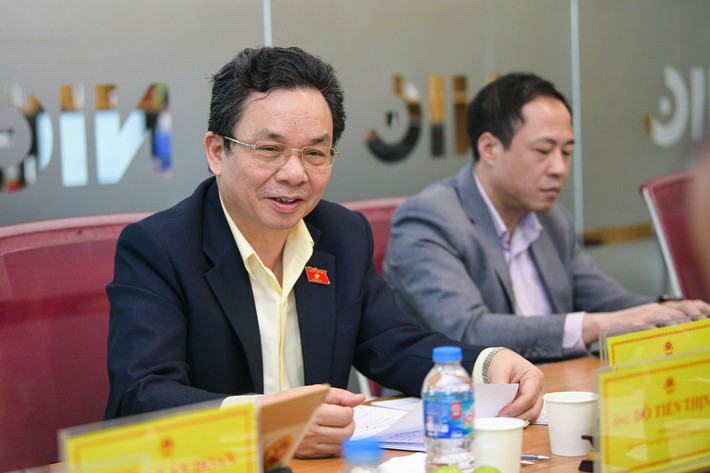
First of all, it is necessary to coordinate closely and effectively with large corporations and enterprises to have a high-quality, reputable and internationally recognized human resource training program. In addition, combining with multi-industry enterprises or many enterprises in the same field will help ensure the quality of the human resource training program and have diversity in application.
Piloting is extremely important before deciding to package any standard training program. Organize many trial training courses with different partners to understand the training course is really suitable for the Vietnamese market.
The tool system serving the training of human resources in the high-tech field is extremely important. It is extremely difficult for educational and training institutions to invest in purchasing these tools themselves. Therefore, state agencies should call for funding or invest in purchasing these tools to support educational and training institutions with training tools, especially in some fields such as semiconductors and artificial intelligence.
The government needs to have mechanisms and policies to increase public investment in labs, especially shared labs serving high-tech fields (Semiconductors, Artificial Intelligence, etc.). If necessary, simulation lab systems can be used (with much lower investment).
Allow public service units to receive funding and aid to pay salaries for high-quality human resources.
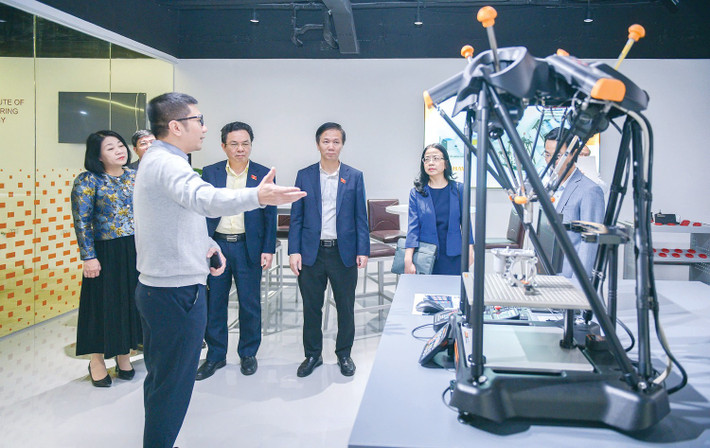
It is necessary to pay attention to synchronously developing high-quality human resources in diverse professions, not only focusing on technology industries but also other fields such as: angel investors, creative startup founders, financial experts, banking experts, etc.
The monitoring delegation noted that although it has only been established for more than 5 years, NIC has implemented many major programs and activities, contributing to the overall success of innovation and startups in Vietnam. The Government and the Ministry of Planning and Investment (now the Ministry of Finance) are very interested in and support this model, typically by issuing Decree No. 94/2020/ND-CP stipulating preferential mechanisms and policies for the National Innovation Center, although only a few mechanisms in this Decree have been effective (land incentives and creation of operating premises; receiving support, aid, sponsorship, and donations).
NIC is a special unit, designed with an international vision, requiring breakthrough mechanisms and policies, especially related to high-quality human resources, so that national innovation activities are truly effective, contributing to the overall development of the country. Emphasizing this, Vice Chairman of the Committee for Culture and Society Lam Van Doan requested the Center to clarify current difficulties and obstacles, thereby proposing specific and feasible solutions to have a more open legal framework, consistent with the role of NIC, creating breakthroughs for national innovation in the future.
Source: https://daibieunhandan.vn/hoan-thien-khung-phap-ly-tao-dot-pha-cho-doi-moi-sang-tao-quoc-gia-post409231.html


![[Photo] General Secretary To Lam meets and expresses gratitude to Vietnam's Belarusian friends](https://vphoto.vietnam.vn/thumb/1200x675/vietnam/resource/IMAGE/2025/5/11/c515ee2054c54a87aa8a7cb520f2fa6e)



![[Photo] General Secretary To Lam concludes visit to Russia, departs for Belarus](https://vphoto.vietnam.vn/thumb/1200x675/vietnam/resource/IMAGE/2025/5/11/0acf1081a95e4b1d9886c67fdafd95ed)
![[Photo] General Secretary To Lam arrives in Minsk, begins state visit to Belarus](https://vphoto.vietnam.vn/thumb/1200x675/vietnam/resource/IMAGE/2025/5/11/76602f587468437f8b5b7104495f444d)
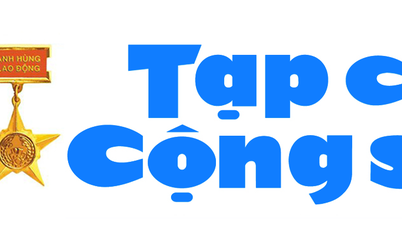

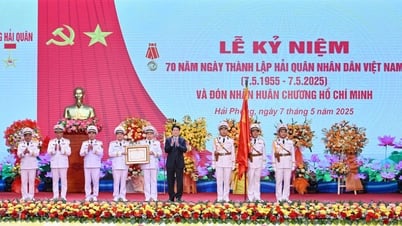
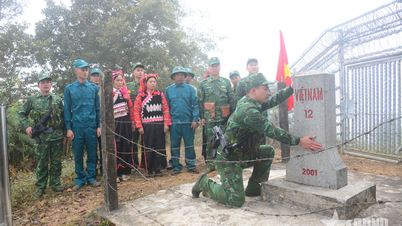







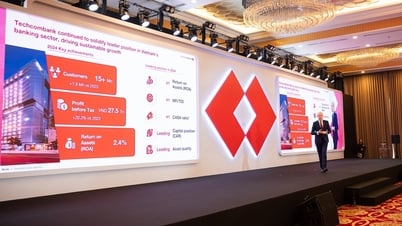

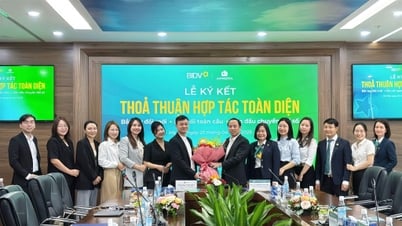

![[Photo] National Assembly Chairman Tran Thanh Man attends the Party Congress of the Committee for Culture and Social Affairs](https://vphoto.vietnam.vn/thumb/1200x675/vietnam/resource/IMAGE/2025/5/11/f5ed02beb9404bca998a08b34ef255a6)




























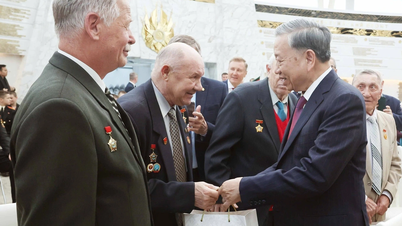
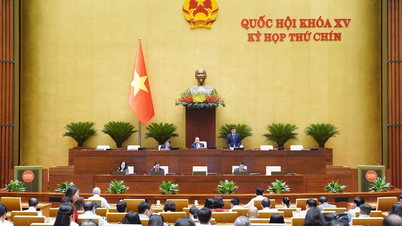

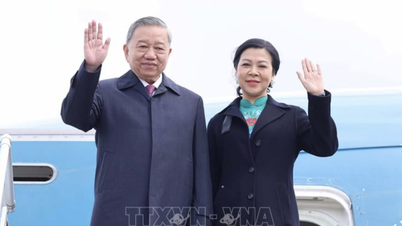











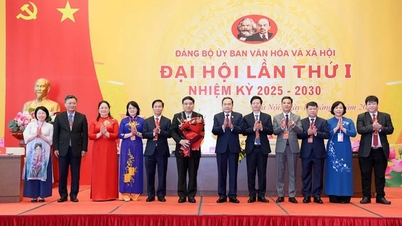

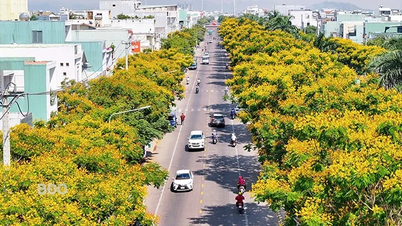
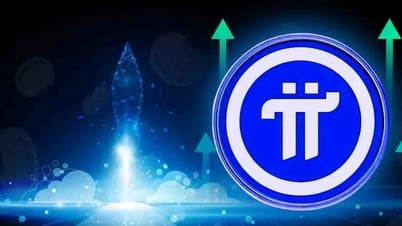

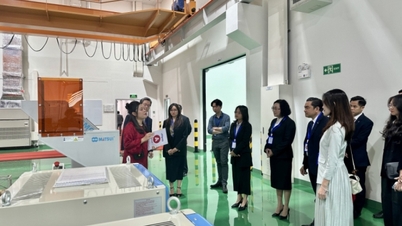

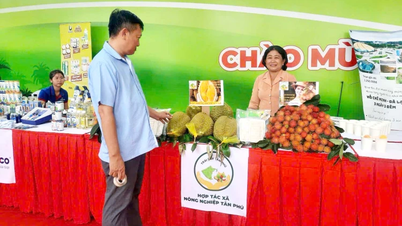

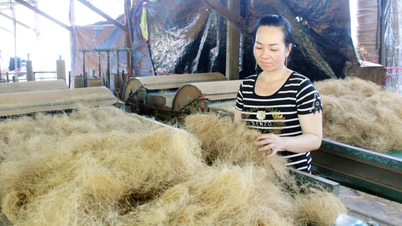









Comment (0)